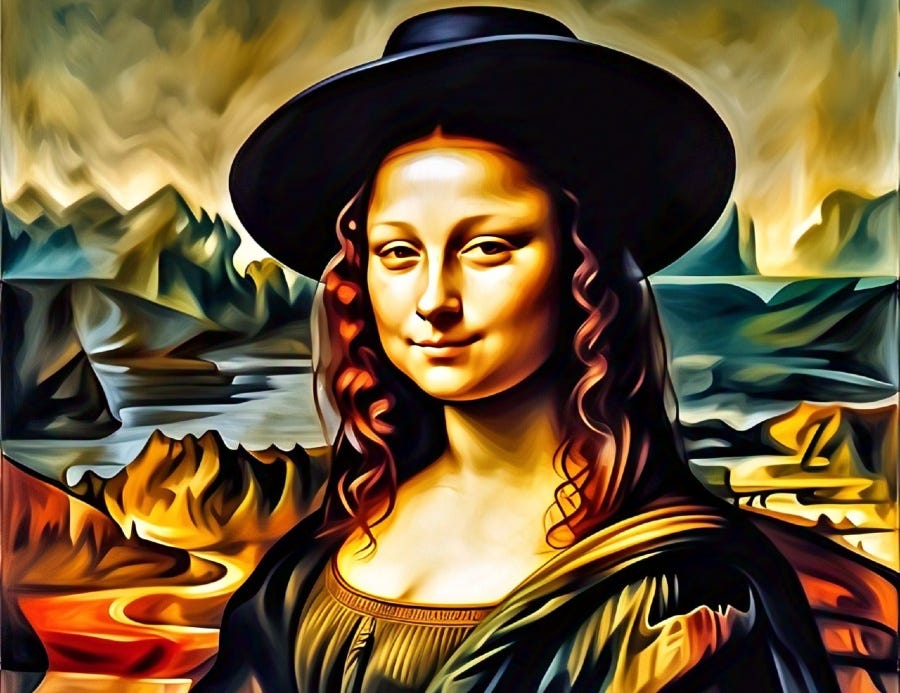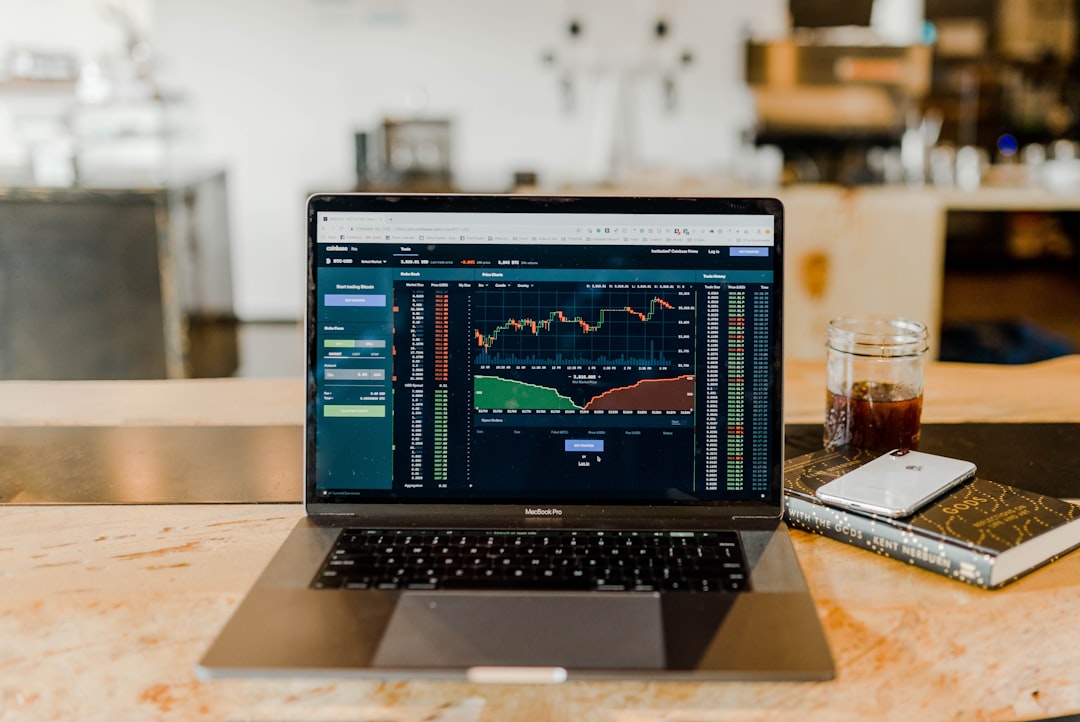
Artificial intelligence (AI) is transforming creative industries, but it has also raised serious legal and ethical questions. One of the biggest concerns? Whether AI-assisted works can be protected by copyright.
The U.S. Copyright Office just released a 41-page report clarifying its stance on AI in creative processes. The verdict? AI can be a tool for creators, but it cannot replace human authorship.
Here’s what you need to know.
1. AI-Assisted Work Can Still Be Copyrighted
The Copyright Office confirmed that using AI tools to assist in the creative process does not automatically strip a work of copyright protection. If a human remains the primary creative force, the work remains eligible for copyright.
For example:
A filmmaker who enhances dialogue using AI still holds copyright.
A musician using AI tools to refine sound quality maintains their rights.
However, this does not mean all AI-generated content is protected.
2. AI Cannot Replace Human Authorship
A key point in the report: merely inputting text prompts into an AI system does not make the user the “author” of the generated content.
Take AI image generators like Midjourney or Google’s Gemini—if you type “a cat smoking a pipe,” the resulting image is not something you can claim copyright for.
Why? Because the AI, not you, is making the creative decisions.
Even if you tweak your prompt multiple times, the Copyright Office argues you are simply rolling the dice until you get a desirable output—not exercising true creative control.
3. AI in Post-Production and Film is Safe
For the film industry, this ruling provides clarity. AI tools used for:
✅ De-aging actors (like in "The Irishman")
✅ Removing objects from scenes
✅ Color correction and enhancement
…are considered assistive uses that do not affect copyright protection.
Studios and creators can breathe a sigh of relief knowing that AI-powered post-production techniques do not compromise their rights.
4. Copyright Requires Human Creativity
The Copyright Office reaffirmed that human authorship is essential to copyright. But it also acknowledged that AI-generated elements could be included in copyrighted works if the human creator significantly “selects and arranges” them.
In other words:
✅ Allowed: A digital artist who combines AI-generated elements into a new, original composition.
❌ Not Allowed: A user who generates an AI image and claims full authorship.
This ruling balances innovation with copyright law, ensuring human creativity remains central to intellectual property protections.
5. No Special Copyright for AI-Generated Works
Some AI advocates had pushed for a new form of copyright protection for AI-generated works. The Copyright Office rejected this idea, citing potential risks to human creators.
The reasoning?
📉 It could undermine traditional copyright protections
🤖 It might encourage reliance on AI over human artists
💰 It could devalue original human-created works
Instead, the focus remains on protecting human creators while allowing AI to be used as a tool—not a replacement.
6. The Next Big Debate: AI Training and Copyright
This ruling is not the end of the AI copyright debate.
A third report is on the way, focusing on the controversial question:
👉 Should AI companies be allowed to train on copyrighted works without permission?
Artists, musicians, and writers have long argued that AI companies scrape their work without consent—a major legal battle that is just getting started.
Final Thoughts: What This Means for You
For businesses, content creators, and artists, this ruling provides more certainty about how AI can be used.
✔️ AI tools can assist in creative work—but cannot replace human authorship.
✔️ If you use AI, ensure you are the one making the creative decisions.
✔️ Be transparent about AI-generated elements in your work.
The legal landscape around AI and copyright is still evolving. But one thing is clear: human creativity remains at the heart of copyright protection.







